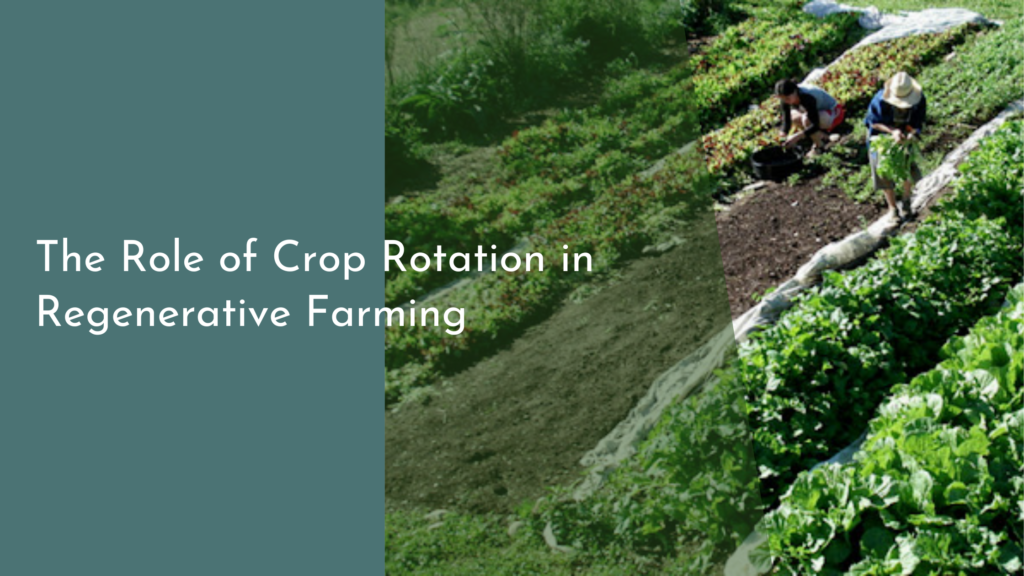Rainwater Collection for Animal Rescue and Rehabilitation Centers
In an age where sustainable practices are becoming increasingly vital, animal rescue and rehabilitation centers are finding innovative ways to conserve resources and improve their operations. One such strategy is rainwater collection, a method that captures and stores rainwater for various uses. By implementing this eco-friendly practice, these centers can not only reduce their dependency on municipal water supplies but also create a more sustainable environment for the animals in their care. The benefits extend beyond just water conservation; rainwater harvesting can significantly enhance the quality of life for rescued animals.
As the world continues to grapple with climate change, every little bit helps. Animal rescue organizations can lead the way by adopting rainwater collection systems. These systems can be relatively simple to install and maintain, making them an ideal solution for centers operating on tight budgets. By investing in such sustainable practices, animal rescue and rehabilitation centers can pave the way for a greener future while prioritizing the welfare of the animals they serve.
Harnessing Rainwater: A Sustainable Solution for Animal Care
Rainwater collection is a straightforward yet effective method that allows animal rescue and rehabilitation centers to gather and store natural rainfall. This harvested water can be used for a variety of purposes, such as cleaning, watering plants, and even providing drinking water for animals. Utilizing rainwater helps to alleviate pressure on local water systems, especially in regions prone to drought or water shortages. Moreover, rainwater is generally softer than tap water, making it more suitable for animals sensitive to chemicals often found in treated water.
Implementing rainwater collection systems involves installing rain barrels or tanks that capture runoff from rooftops or other surfaces. These systems can be designed to fit any size facility, from a small rescue operation to larger rehabilitation centers. By creatively utilizing available space, such as rooftops and gardens, these centers can create efficient rainwater collection systems tailored to their specific needs. This sustainable approach not only equips animal care facilities with a reliable water source but also encourages a culture of environmental responsibility.
How Rainwater Collection Supports Rescue and Rehab Centers
Rainwater harvesting plays a crucial role in supporting the daily operations of rescue and rehabilitation centers. With the increasing costs associated with water bills, using collected rainwater can significantly lower expenses. This cost savings can then be redirected toward essential services such as veterinary care, food supplies, and shelter improvements. By minimizing operational costs, centers can focus more resources on rescuing and rehabilitating animals in distress.
Furthermore, the use of rainwater can enhance the quality of care provided to the animals. For instance, bathing and cleaning routines can be performed with harvested rainwater, which is free from harmful chemicals. This creates a healthier environment for both the animals and the staff, reducing the risk of skin irritations and allergies. In addition, using rainwater to irrigate gardens or outdoor spaces can help to create enriching environments for animals, thus promoting their physical and mental well-being.
Benefits of Harvesting Rainwater for Animal Health and Welfare
One of the primary benefits of harvesting rainwater is its positive impact on animal health and welfare. Collected rainwater is often cleaner and free from additives like chlorine and fluoride, which can be harmful to sensitive animals. This means that the water can be used effectively for drinking and bathing, providing a safer alternative during critical rehabilitation stages. It also helps to create a more natural living environment that closely resembles the animals’ native habitats.
In addition to health benefits, rainwater harvesting promotes biodiversity within the center’s grounds. By utilizing rainwater for landscaping and gardening, centers can cultivate native plants that provide shelter and food for local wildlife. This not only aids in the rehabilitation of rescued animals but also enhances the overall ecosystem of the area. By fostering a balanced environment, animal rescue and rehabilitation centers can take an active role in wildlife conservation efforts, creating a ripple effect that benefits the entire community.
Join the Movement: Start Your Own Rainwater Collection System!
If you’re inspired by the benefits of rainwater collection for animal rescue and rehabilitation centers, why not start your own system? Getting started is easier than you might think! Begin by assessing your property to determine the best locations for rain barrels or tanks. Make sure to select high-quality materials that will withstand the elements and ensure the water collected is safe for use. Local hardware stores and online resources provide a plethora of options and guidance on how to set up an effective rainwater collection system tailored to your needs.
You can also reach out to local animal rescue groups or community organizations to learn from their experiences. Many centers are eager to share insights and tips for setting up a successful rainwater harvesting system. By joining this movement, you not only contribute to the welfare of animals but also promote sustainable practices in your community. Together, we can create a healthier environment for all creatures, big and small!
In conclusion, rainwater collection stands out as a sustainable and beneficial practice for animal rescue and rehabilitation centers. By harnessing the power of nature, these facilities can provide better care for the animals while simultaneously conserving vital resources. As we collectively strive toward more eco-friendly solutions, every drop counts. Let’s embrace the opportunity to make a positive impact on animal welfare and the environment—one rain barrel at a time!

